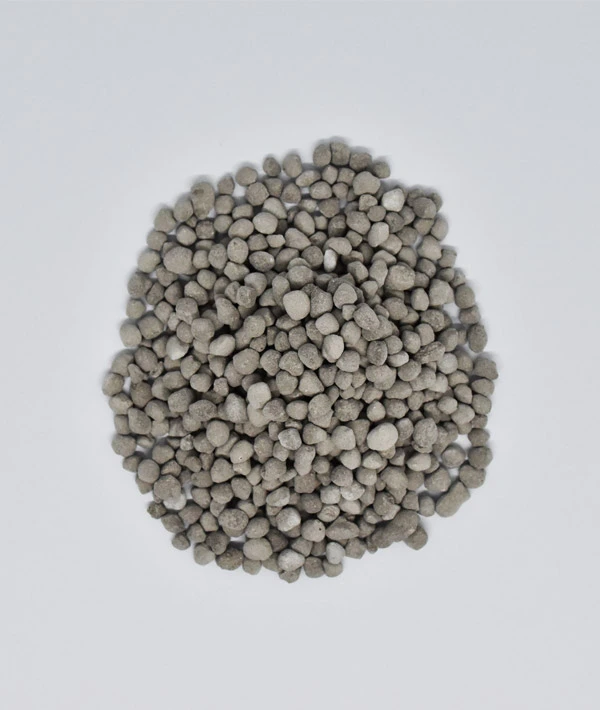Boric Acid (99.9% Granular) - Turkey
|
IUPAC Name |
: Boric Acid |
|
Cas Number |
: 10043-35-3 |
|
HS Code |
: 2810.00.20 |
|
Formula |
: B(OH)3 |
Basic Info
|
Appearance Name |
: White granules/powder |
|
Common Names |
: Orthoboric Acid |
|
Packaging |
: 25 Kg Paper Bag with PE Liner, 25 Kg PP Bag with PE Liner, 1000 Kg PP Bag with PE Liner, 25 Kg Bags |



.webp)


 English
English
 Indonesian
Indonesian
 简体字
简体字
 العربية
العربية
 Español
Español
 Français
Français
 Português
Português
 日本語
日本語
 한국어
한국어
 Tiếng Việt
Tiếng Việt
